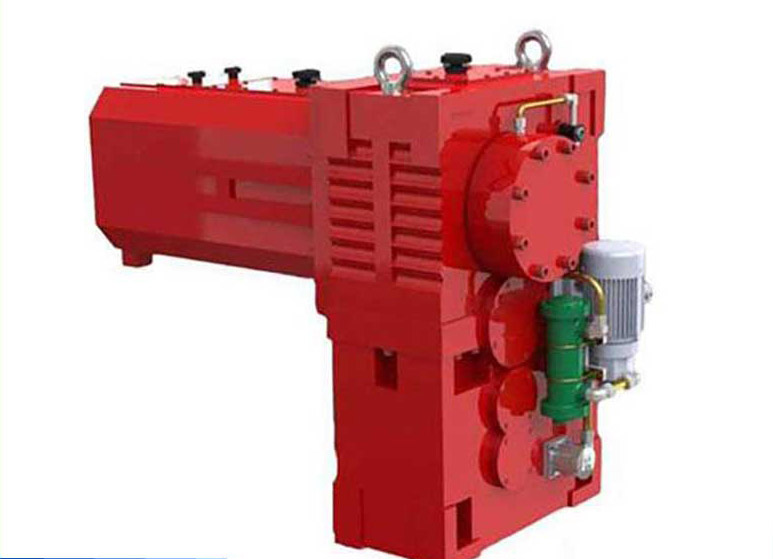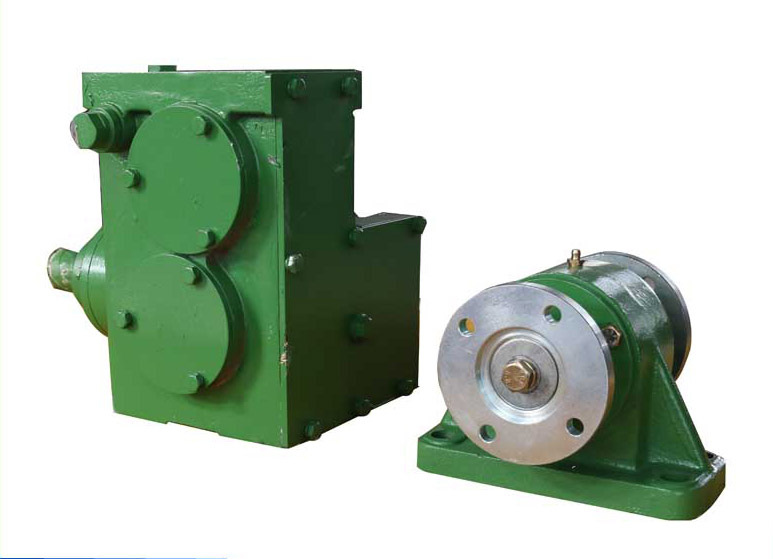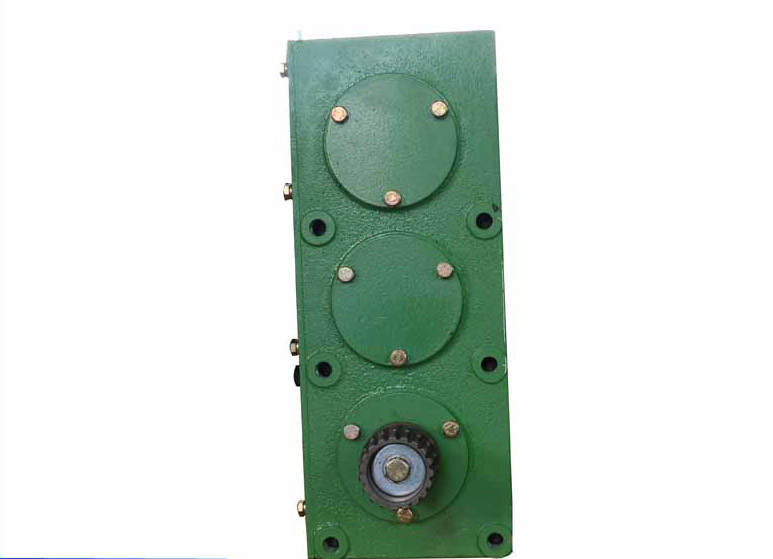Machining gearboxHeat treatment process
Normalizing treatment: Normalizing treatment after forging is usually carried out in the forging plant: it is divided into two situations: one is that the gear parts need to be quenched and tempered, and the hardness is required, and then proceed as required; the other is the hardened gear, as Pre-heat treatment is prepared in advance for subsequent heat treatment (carburizing, quenching, etc.). ) To reduce deformation.The quenching temperature is about 870, the tempering temperature is about 550, and the holding time depends on the size of the part.
Quenching after carburizing: The temperature is controlled by heating, and the temperature depends on the material.The quenching medium is oil, and the oil temperature is controlled at around 80. Through top-down jet mixing, the uniformity of working hardness is ensured and deformation is reduced.After quenching, it should be tempered, and the interval between quenching and tempering should be strictly controlled to reduce the internal stress of the parts.The low temperature tempering temperature is 200 degrees, and the time is usually over 12 hours.
Disk gear processing: normalizing forgings→sampling and chemical analysis→blackening of rough turnings→ultrasonic inspection→hardening and tempering→dimensions of various parts of rough turning→ultrasonic inspection→fitting→hobbing→carburizing→semi-precision Turning to carbon layer→quenching→shot peening→finishing all parts of the car→finishing benchmarks→gear wire cutting keyway→finishing teeth to the requirements (including modification)→measurement inspection→checking tooth surface hardness→magnetic powder tooth surface inspection → Demagnetization → Deburring → Warehousing Inspection.
Gear shaft processing: normalizing forgings→sampling and chemical analysis→blackening of rough turnings→ultrasonic inspection→hardening and tempering→dimensions of various parts of rough turning→ultrasonic inspection→fitting→hobbing→carburizing→semi-finishing turning Decarbonization→quenching→shot peening→finishing each part→finishing reference→grinding to the requirements (including reshaping)→measurement inspection→magnetic powder tooth surface inspection→demagnetization→milling keyway→deburring→in-warehouse inspection .

Machining gearboxBox processing process
Material preparation → blanking (cutting and beveling of each component of the box with a CNC flame cutting machine, and beveling requirements are implemented in accordance with GB985-88) → shot peening (shot peening the surface and groove of the bearing seat and each component, Improve welding quality)→Assemble (Assemble the components and bearings according to the drawings and perform spot welding according to the welding process)→Inspect (check the dimensions of each part to meet the requirements of the final assembly)→Assemble welding (using carbon dioxide gas shielded welding, according to the welding process and technical requirements To proceed) → Inspection (inspect weld quality: ultrasonic flaw detection, weld kerosene penetration inspection) → Tempering (eliminate welding stress: tempering treatment in a large-scale CNC tempering furnace, according to the company’s technical standards and specifications) → marking (in large-scale Plane milling parts and boring lines on the plate) → rough milling (rough milling of each plane) → rough boring (rough boring of each hole) → tempering (eliminate rough machining cutting stress and residual stress, control the amount of deformation after machining, return The fire process parameters are in accordance with the company’s technical standards) → shot peening (shot peening treatment on the inside and outside of the box and the surface of the weld seam to eliminate oxide scales and welding slag, and improve the cleanliness of the box) → painting (the inner and outer surfaces are coated with anti-rust primer to improve Cabinet cleanliness) → fine milling (finish milling surface roughness below 3.2, flatness within 0.02/1000) → pliers (drilling plane holes and tapping countersinks; box assembly: hydraulic bolt tensioner , Tighten the bolts, check the gap between the split surfaces: 0.03 feeler gauge: must not pass through 1/3 of the plane) → fine boring (fine boring inner hole, requirement: hole parallelism ≤ 0.02/1000, parallelism of each shaft system hole ≤0.02/1000)→Inspect (use a special mandrel to comprehensively check the concentricity and parallelism of the hole system, make detailed records, fill in the record card, and provide data for assembly)→Pliers (drill each screw hole, deburr)→In storage .
Machining gearBox carburizing treatment: The current gas carburizing furnace is imported from Austria, and the carburizing quality is controlled by the best diffusion controllable atmosphere expert system.The medium is ethanol and methanol, the heating rate is controlled, and the carbon potential and diffusion ratio are controlled by optimizing the strong infiltration diffusion period. After carburizing, the surface carbon concentration is about 0.8%.The carburizing time depends on the depth of the layer, the deeper the layer, the longer the time.Generally, if the layer depth is about 6mm, it will take nearly 5 days.After carburizing, it is cooled to room temperature, and then heated to about 660 for heat preservation.High temperature tempering.Inspection items: the depth of the carburized layer and the grade of carbides should be below level 3.

 Home
Home
 Page location:
Page location:
 contact address:Jianyang Industrial Concentration Zone, Jianhu County
contact address:Jianyang Industrial Concentration Zone, Jianhu County



